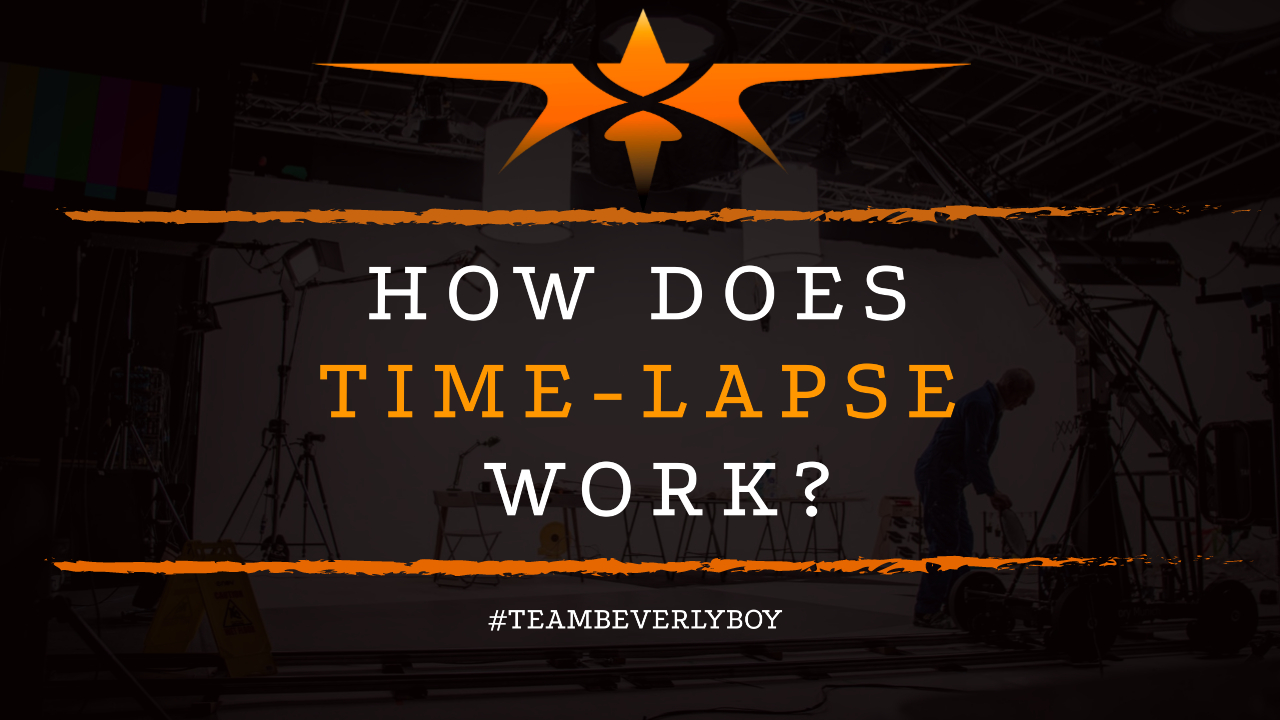
How Does Time-Lapse Work?
Time-lapse videography is a filming technique that has been around for decades and has been commonly used in cinematography. It involves capturing footage over an extended period of time and then speeding up the capture so that you can see the progression of events unfold in mere minutes rather than hours or days. Learning about time-lapse videography is exciting and probably has you thinking, “How does time-lapse work?”

Get a time-lapse production quote here!
At Beverly Boy Productions we frequently talk with clients about time-lapse videography and the ways that time-lapse footage can be used to showcase project progression or other events, and the most common question we get is, “How does time-lapse work?”
So we set out to provide an answer!
Understanding Time-Lapse Videography
Time-lapse videography involves capturing frames or shots over a long period of time such as hours or days in most cases but could even be months or years.
The frames are captured slower than they normally would be so instead of capturing 24 frames per second, we may capture 24 frames per minute or even 24 frames per hour depending on how rapid the progression is that we’re aiming to capture.
The series of shots are then sped-up so that they can be exhibited on video in a shorter time than it took to capture them. So, if we capture 24 frames per hour, over 24 or 48 hours, we could then replace those as frames per second to produce a 24 or 48 second time-lapse video.
You would see what took place over the full 24 or 48 hours in mere seconds.
How Does Time-Lapse Work?
Time-lapse is captured over several hours or days in most cases but some time-lapse footage will be captured over several months.
For example, we may produce a time-lapse capture of a construction project that shows the progression of the project over the entire duration from ground-breaking until the opening of a new facility.
The time-lapse video could show everything that took place in the construction of the facility, allowing viewers to see the entire project play out in just a couple of minutes or less even though it took several months to actually complete.
Time-lapse video can be produced in a variety of different ways. One of the most common methods is to set the camera up so that it captured a shot or short clip at a set duration of time.
Consider This
For example, the camera may be set to capture every minute or every hour for a project that spans several months. For a project that spans just a few hours, the shots may be captured in a frames per minute quantity such as 24 frames per minute.
The idea here is to slow down the speed at which the footage is captured so that it can later be sped up to produce the film.
There are other ways to pull off time-lapse video effects.
For example there are apps that can be used to capture frames out of a single, ongoing video if you don’t have the ability to set your camera up to operate on a frames per minute basis.
Likewise, there are different types of time-lapse videography such as hyper-lapse videography which actually captures time-lapse video in a moving view or aerial hyper-lapse videography which involves time-lapse videography that is captured through a moving lens that is overhead via a drone or helicopter.
Now that you know the answer to your question, “How does time-lapse work?” What steps will you take to incorporate time-lapse video into your next film project?


